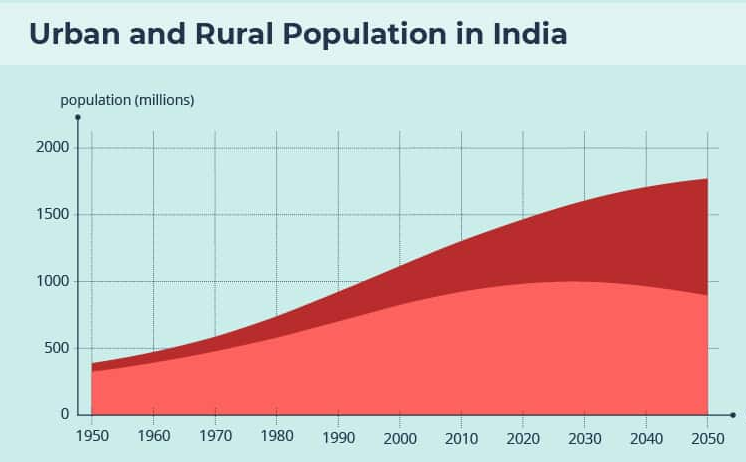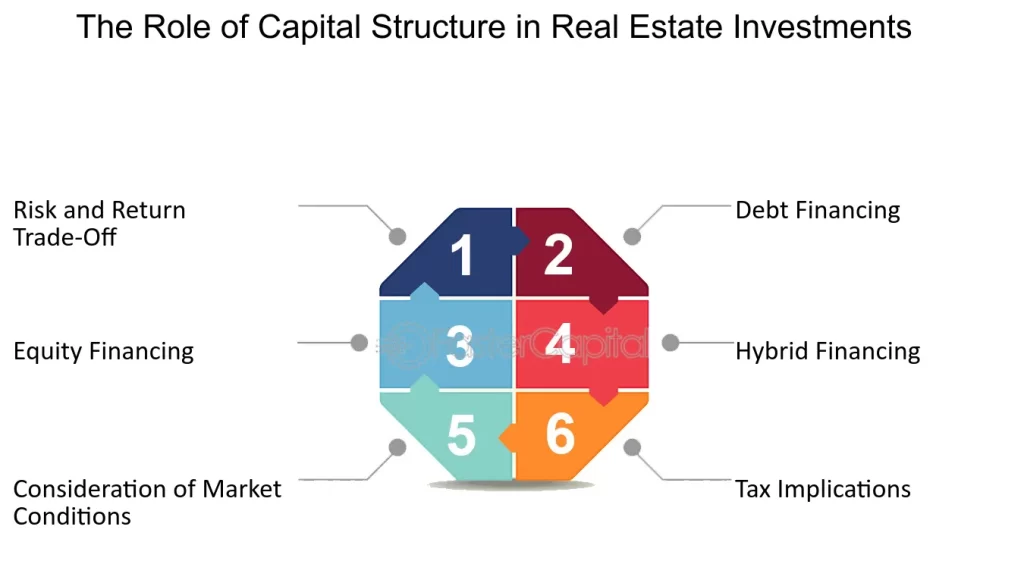
The size of rental market in India is estimated to be USD 13.9 Bn by 2025. Around 50% of this is attributed to the Gen-Z population, and 30% to the millennial population. Demographic profile of India’s work force, changing behaviour of gen-Z and millennials, rapid urbanisation, digital behaviour and capital allocators preference are the five key factors are driving this increased trend in rental real estate.
Unveiling the Surge

The surge in rental rates across India’s top cities is not a mere coincidence but a reflection of the underlying forces driving the property market’s transformation. Since the pre-pandemic era, property prices have witnessed a staggering 15–20% climb, propelled by tighter monetary policies and escalating home loan rates.
Changing behaviour of gen-Z and millennials.
Internet penetration has shaped the consumer across industries including real estate. 50% of Gen Zs and millennials say they live paycheck to paycheck with high cost of living is their top societal concern. Big life decisions like buying a house and starting a family are often postponed to later stage. Ability to maintain a positive work/life balance and not live their life on their own terms, and not necessarily to live up to societal expectations. This has shifted the consumption pattern of with increasing demand for rental real estate. The behavioural pattern of consumers of community and experiential living with a value that meets their pocket has given rise to the Co-Living segment.
Insights from the Data

Delving into the data reveals a compelling narrative of growth and resilience. The IRIS index of Housing.com which tracks online search trends of key real estate markets and a barometer of high-intent search volume, highlights a significant trend—since 2022, the rental index consistently outstripped the buy index, culminating in a remarkable 23-point difference by the end of 2023.
This surge in rental demand is not just a statistical anomaly but a tangible reality, translating into a rapid escalation in monthly asking rents. Notably, localities adjacent to commercial hubs in cities like Gurugram, Bengaluru, and Hyderabad have experienced a staggering 55–60% spike in rents compared to pre-pandemic levels, signalling a profound shift in rental preferences and market dynamics.
Rapid urbanisation

Industrial growth, rise of the services sector has shaped rapid urbanisation. In India, contribution component of urban growth is segmented into three categories according to a study by International Institute for Population Sciences. In India, it is estimated that more than 500 million individuals, i.e. approximately 35% of the population stays in urban areas. As the decade progresses, India will witness addition of 100 million urban dwellers, which will further rise to 60% by 2050. (Ref: Macrotrends, Urban Development Ministry, Govt. of India) It is estimated that 28% of the urban households stay in rental housing. This number shall be higher in mega cities. The demand for rental living, is 5.7 million units across top 30 cities (Tier I, II, II) in the country -comprising of working singles living on rent (migrants and domicile) and unmarried student population. This together adds up to 5.7 million across top 30 cities (Tier I, II and III) in the country.
Capital allocators preference for real estate supply

The sector interest has increased after a funding winter for two straight years. Investments in the sector dropped from USD 148 million in 2021 to USD 21.7 million in 2022 and USD 6 million in 2023. With strong fundamental demand backed by urbanisation, consumer behaviour and digitisation, institutional investors and global funds favour co-living and data centres as an alternative asset class. The understanding of private equity funds is also well defined in international markets where co-living is a mature sector.